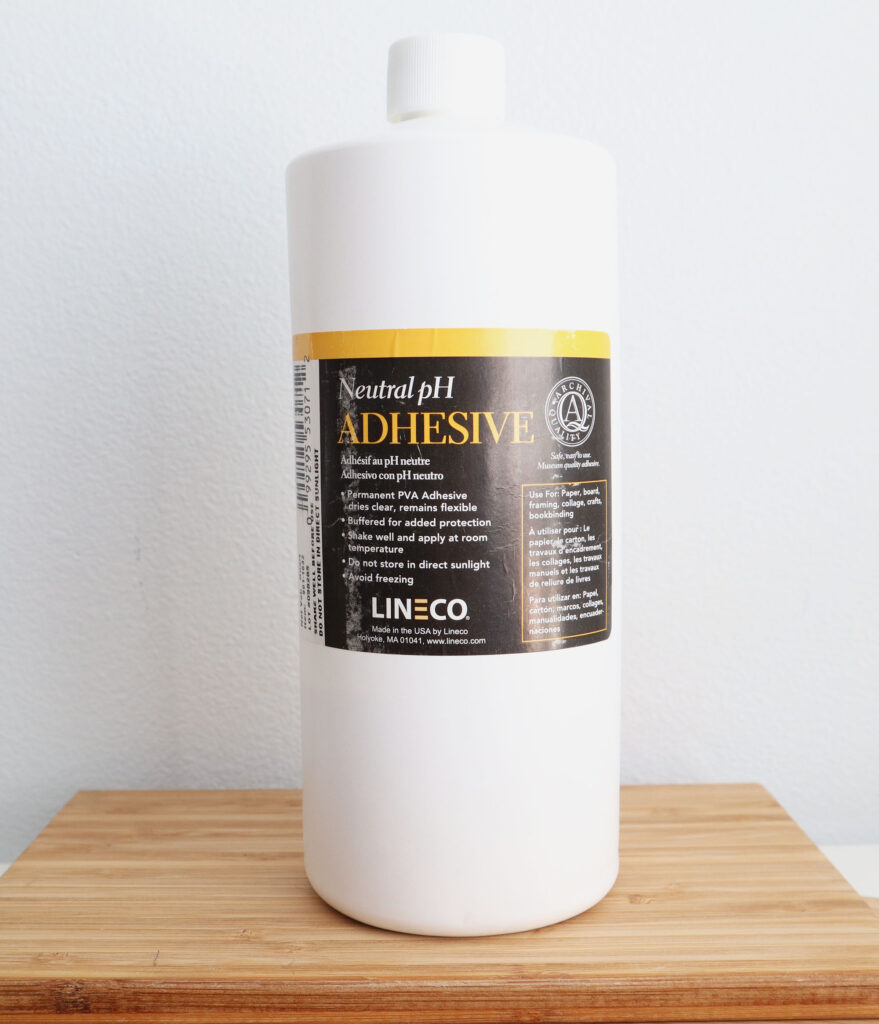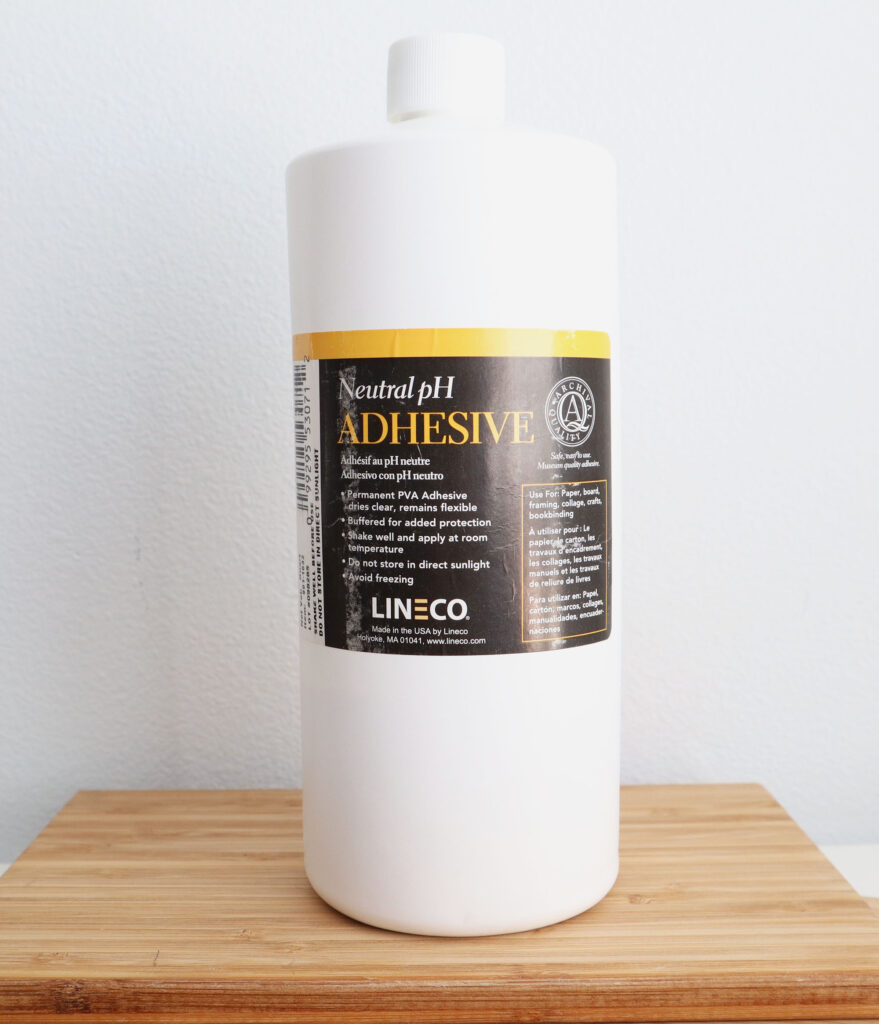Are you wondering if you can use wood glue for book binding? Well, you’ve come to the right place! Let’s dive into this exciting topic together.
When it comes to bookbinding, there are various techniques and materials to choose from. But can wood glue be one of them? This question might have crossed your mind, and we’re here to explore the answer.
So, grab your favorite book and get ready to uncover the facts about using wood glue for book binding. Let’s jump right in!

Can I Use Wood Glue for Book Binding? Exploring the Possibilities
In the world of bookbinding, there are various methods and materials that can be used to create durable and beautiful books. One question that often arises is whether wood glue can be used as an alternative to traditional bookbinding adhesives. In this article, we will delve into the topic and explore the benefits, drawbacks, and considerations of using wood glue for bookbinding.
The Pros and Cons of Using Wood Glue for Book Binding
Wood glue, also known as carpenter’s glue, is a strong adhesive that is primarily designed for bonding wood surfaces. It holds up well under pressure and creates a durable bond. While wood glue may not be the first choice for bookbinding, it can be used as an alternative adhesive in certain circumstances.
Benefits of Using Wood Glue for Book Binding
1. Availability: Wood glue is readily available in most hardware stores, making it convenient to obtain.
2. Cost-effective: Wood glue is generally more affordable than specialized bookbinding adhesives, making it a budget-friendly option for DIY bookbinders.
3. Strength: Wood glue forms a strong bond, ensuring that the pages of the book will stay intact.
Drawbacks of Using Wood Glue for Book Binding
1. Flexibility: Wood glue dries to a rigid and inflexible state, which may not be ideal for books that need to be opened and closed frequently.
2. Long drying time: Wood glue typically requires a longer drying time compared to specialized bookbinding adhesives, which can be a disadvantage if you’re looking for quick results.
3. pH Levels: Some wood glues may have pH levels that are not suitable for archival-quality bookbinding, leading to potential degradation or damage to the pages over time.
How to Use Wood Glue for Book Binding
If you decide to use wood glue for bookbinding, there are a few key steps to follow to ensure success:
Step 1: Prepare the Book Block
Before applying the wood glue, prepare the book block by trimming the pages to the desired size and ensuring they are aligned properly. Make sure to remove any loose or damaged pages.
Step 2: Apply the Wood Glue
Using a brush or a small spatula, apply a thin layer of wood glue to the spine of the book block. Be careful not to apply too much glue, as it can seep into the pages and cause them to stick together. Spread the glue evenly across the spine.
Step 3: Press and Dry
Once the glue has been applied, gently press the book block together to ensure the pages adhere to the glue. You can use clamps or weights to create even pressure. Allow the book block to dry completely according to the instructions provided by the wood glue manufacturer.
Considerations and Tips for Using Wood Glue
While using wood glue for bookbinding can be a viable option, it’s important to keep the following considerations and tips in mind:
Consider Archival Quality
If you’re working on a project that requires archival quality, such as preserving old books or important documents, it’s advisable to use specialized bookbinding adhesives that have been tested for longevity and pH neutrality.
Test Compatibility
Before committing to using wood glue, it’s recommended to test its compatibility with the paper you’re working with. Some papers may react differently to wood glue, potentially resulting in wrinkling or discoloration.
Balance Flexibility and Strength
When using wood glue for bookbinding, finding the right balance between flexibility and bond strength is crucial. Too much flexibility may result in pages falling out, while excessive rigidity can make it difficult to open and use the book.
In conclusion, while wood glue can be used as an alternative adhesive for bookbinding, it’s important to consider the pros, cons, and specific requirements of your project. If you’re unsure, it’s always best to consult with a professional bookbinder or experiment on a small scale before embarking on a larger project.
Key Takeaways:
- Wood glue is not recommended for book binding as it may not provide the necessary flexibility required for book pages.
- Using wood glue can lead to pages becoming permanently stuck together or torn when trying to turn them.
- Bookbinding glue, such as PVA glue, is specifically designed for bookbinding and offers better durability and flexibility for long-lasting books.
- Wood glue is better suited for woodworking projects and not for delicate paper materials.
- Always opt for specialized bookbinding glue to ensure a professional and durable finish.
Frequently Asked Questions
Whether you’re a bookbinding enthusiast or simply looking to repair a damaged book, using the right glue is crucial. Here are answers to some commonly asked questions about using wood glue for book binding.
1. Can I use wood glue to bind books?
While wood glue may seem like a strong adhesive, it is not recommended for book binding. Wood glue is designed for porous surfaces like wood and may not provide the flexibility and durability required for bookbinding. Glue specifically formulated for bookbinding, such as PVA (polyvinyl acetate) or ethylene vinyl acetate (EVA) glue, is a better choice. These glues offer a strong bond, flexibility, and won’t damage the pages or fibers of the book.
Using the right glue is essential to ensure that the pages of the book remain intact and the binding holds up over time. It’s best to use glues that are specifically designed for bookbinding to achieve the desired results.
2. What are the advantages of using glue specifically made for bookbinding?
Glue formulated for bookbinding offers several advantages over wood glue. Firstly, bookbinding glues, such as PVA or EVA glue, are acid-free and will not cause yellowing or degradation of the pages over time. They also have the flexibility to accommodate the movement of the pages, allowing the book to open and close smoothly without damaging the spine.
Additionally, bookbinding glues provide a strong bond that can withstand frequent use and handling. They are designed to be reversible, meaning they can be softened or removed in case the book needs to be repaired or restored in the future. Using the appropriate glue ensures that your book remains in good condition for years to come.
3. Can using wood glue for book binding cause damage?
Using wood glue for bookbinding can potentially cause damage. Wood glue may not have the necessary flexibility and can result in a stiff or brittle binding. Furthermore, wood glue is not typically acid-free, meaning it can cause yellowing or discoloration of the pages over time.
Additionally, the high adhesive strength of wood glue can make it challenging to separate the pages or perform repairs if necessary. Removing wood glue can be difficult and may damage the book in the process. It’s best to avoid using wood glue for bookbinding to minimize the risk of damage to your precious books.
4. Are there any alternative glues I can use for book binding?
Yes, there are alternative glues that are suitable for bookbinding. PVA glue, also known as white glue or craft glue, is a commonly used adhesive in bookbinding. It is flexible, acid-free, and provides a strong bond. Another option is EVA glue, which has similar properties to PVA glue and is frequently used in conservation work.
Other types of glues that can be used for bookbinding include animal-based glues like hide glue or fish glue. These glues have been used for centuries and offer unique properties such as reversibility. However, they require special application techniques and may not be as readily available as PVA or EVA glues.
5. What factors should I consider when choosing a glue for book binding?
When choosing a glue for bookbinding, consider its flexibility, strength, and durability. The glue should be flexible enough to allow the book to open and close smoothly without damaging the spine. It should also provide a strong bond to ensure the pages remain securely attached over time.
Avoid glues that are not acid-free, as they can cause yellowing or deterioration of the pages. Additionally, consider if the glue is reversible, as this allows for easier repairs or restoration in the future. Lastly, check for any specific instructions or recommendations from the glue manufacturer to ensure you’re using it correctly for bookbinding purposes.

Summary
Wood glue can be used for book binding, but it’s not the best choice.
While it may be easy to use and readily available, wood glue is not designed for bookbinding. It may not provide the necessary durability and flexibility, which could result in pages becoming loose or falling out over time. It’s better to use specialized bookbinding glue, like PVA glue, which is specifically designed for this purpose. It offers stronger adhesive properties and flexibility to ensure that your book stays together for longer.
